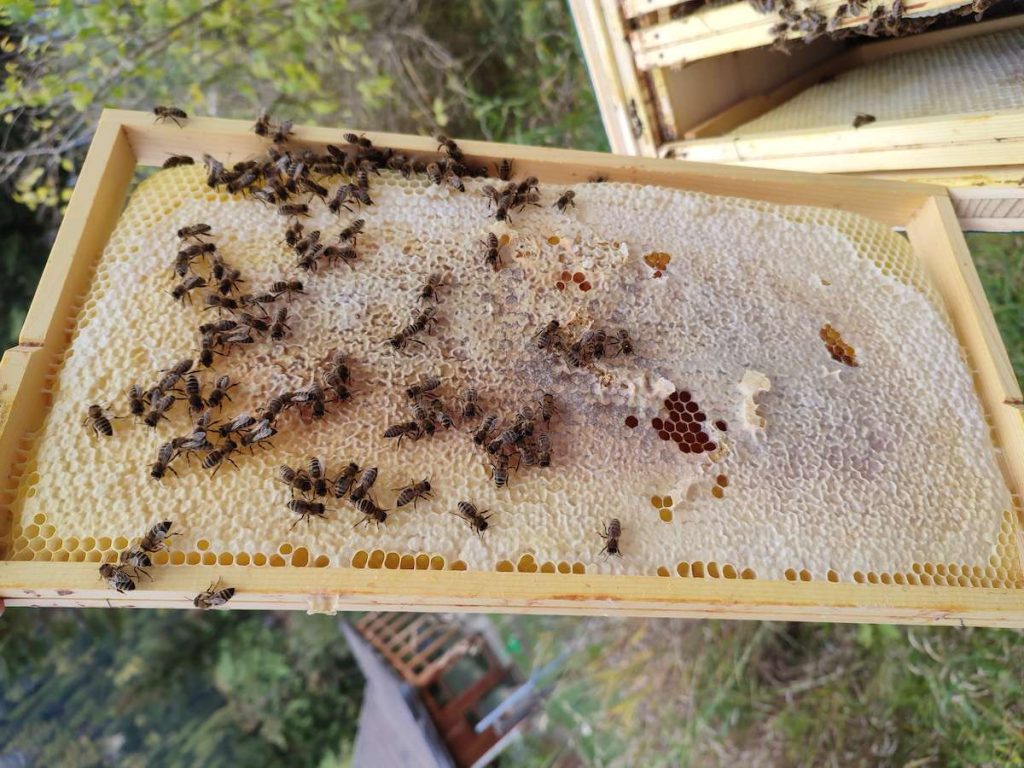Apitherapy is the medical use of honey products such as honey itself, propolis, royal-jelly, beeswax or bee venom to treat various diseases in complementary medicine. Honey has been used since ancient times for medicinal purposes such as healing wounds, tissue regeneration, alleviating gastrointestinal disorders, gingivitis and various other pathologies. Beekeeping and apitherapy have a long tradition in European folk medicine.
Medical evidence:
Honey is the most ancient biomaterial used for wound dressing and the effectiveness of honey in the treatment of wounds has been confirmed by many studies. It is believed that honey may be used as a suitable alternative with most infected wounds owing to its anti-bacterial and healing effects.
Studies of medical evidence:
- Indication: treatment of wounds (Oryan, Alemzadeh & Moshiri, 2018): evidence level Ia
Bee venom therapy:
Bee venom therapy (BVT) uses bee venom for medicinal purposes. The various therapeutic applications of BVT include various musculoskeletal conditions (e.g. arthritis, rheumatism) and immune-related diseases.
Health tourism potential:
- Development of cross-sectoral innovations with local apiarists.
- Workshops with local beekeepers where participants learn how to make simple wound dressings.

Studies of medical evidence:
- Indication: unwanted side effects during treatment with BVT (Park, Yim, Lee, Lee & Kim, 2015): evidence level Ia
- Indication: rheumatic arthritis (A. Lee et al., 2014): evidence level Ib
- Resource: bee venom acupuncture. Indication: chronic lower back pain (Se, Han, Kwon, Jo & Lee, 2017): evidence level Ib
The greatest evidence for apitherapy is centred on wound treatment. It is not easy to treat wounds in health tourism as this requires highly trained medical personal and appropriate facilities.
Download a PDF:
Enter your E-Mail address, and get a pdf to review later.